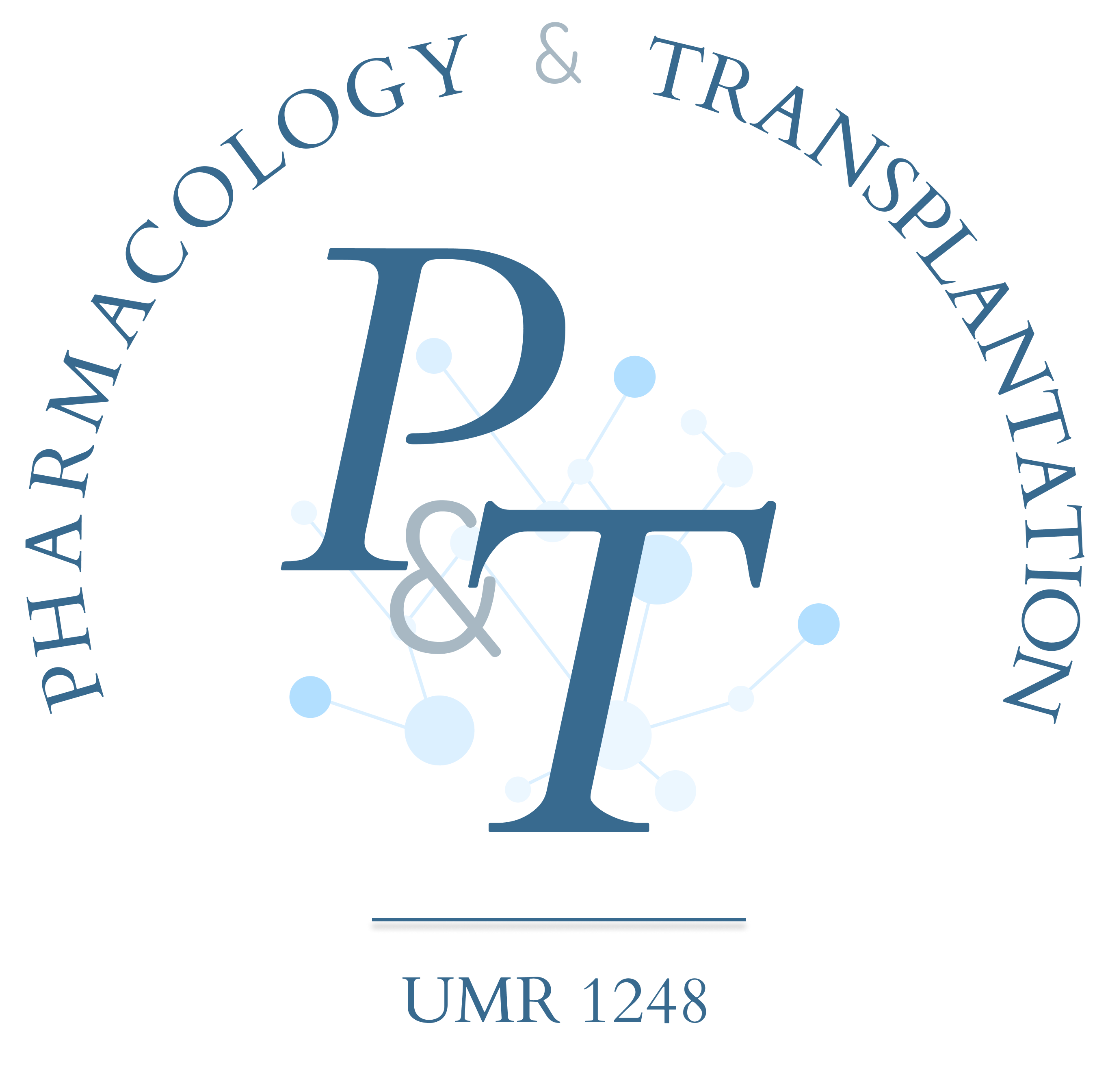Cliquer sur les formes pour plus d’informations sur les thématiques
Actualités Tous les événements
07 FÉV2025
Journée Scientifique FHU SUPORT
01 JAN2025
AU
31 JAN2025
On parle du passeport génétique dans le magazine de Limoges Métropole
12 DÉC2024
Soutenance de thèse de Pauline Griffeuille
09 DÉC2024

